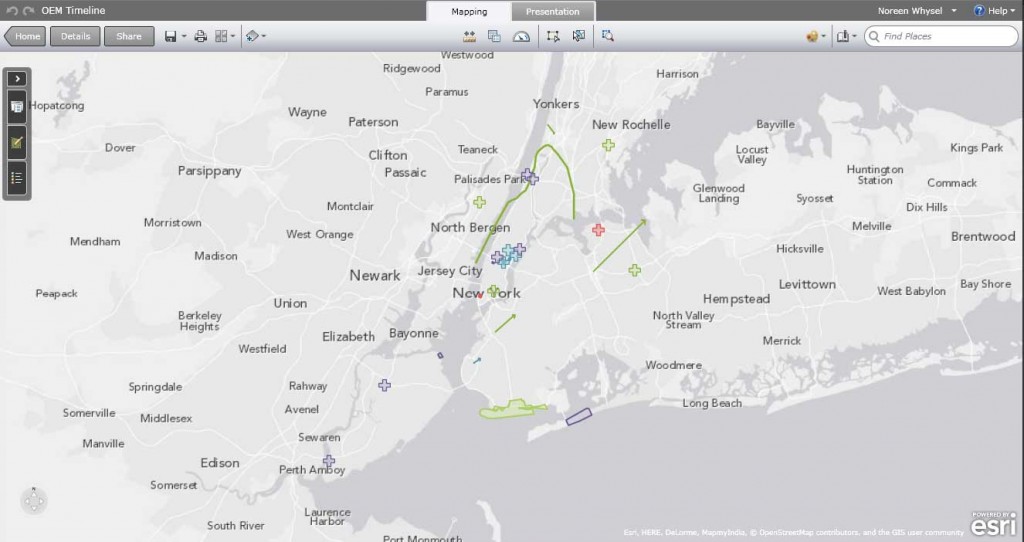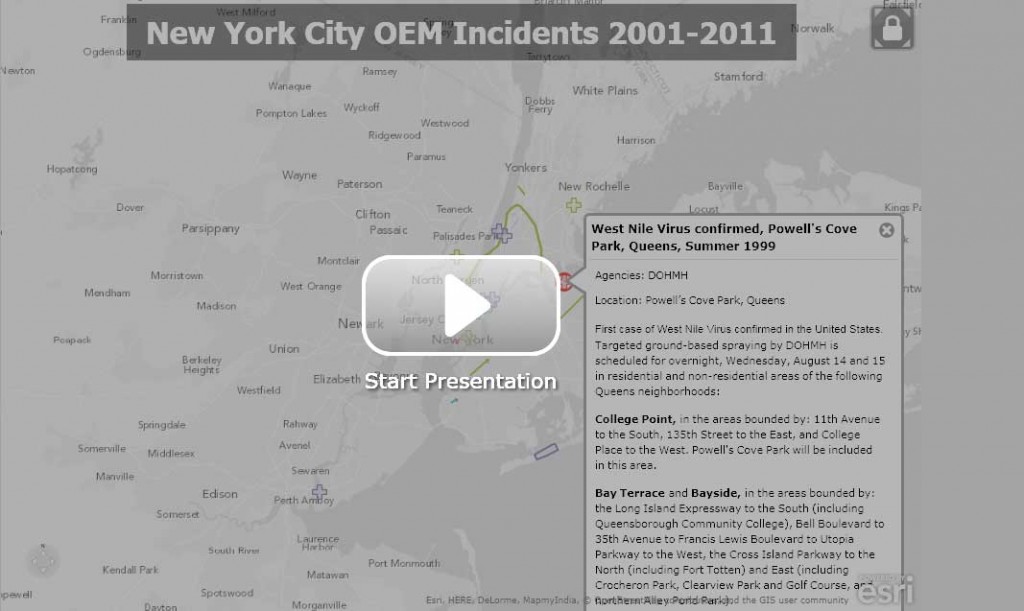THE OCCASIONAL MENTOR
A monthly column based on questions I’ve answered on Quora, heard on Slack groups, and other career advice I’ve given over the prior month. Hope you like it, but feel free to challenge me in the comments, if you have a different experience. Below are questions I answered in August.
Should I Learn Data Science or UX Design?
To find the answer look at the labels. Data or users? Are you more comfortable working with data or with people?
Data scientists work with data sets and computational analysis, while UX designers focus on people and their needs and behaviors.
Data scientists work with tabular data, charts, graphs, statistics/graphics programs like R and computer languages like Python, JSON and SQL. Their subject matter expertise is mathematics.
UX designers work with drawing and wireframing software, Post-Its, whiteboards and Sharpies. And lots of discussion, interviewing, observation, surveying and feedback. Their subject matter ultimately is people who use the products they design.
In some companies there may be an overlapping of the roles. For example a data scientist may work with user generated data, such as usage logs, to analyze behavior. A UX designer may help the data scientist test a visualization that is understandable to the users. So if you are interested in both you may be able to find roles that focus on your area of expertise, but give you some exposure to the other disciplines.
What Is the Best Way to Become Successful User Experience/User Interface Designer and Promote Yourself for Someone Who Is Completely New to this Career Path
Read: Read books, articles and blog posts on UX and design that are recommended by experts in the field and UX professional networks, like UXPA, IxDA, AIGA and the IA Institute. The Interaction Design Foundation has a concise set of encyclopedia articles on topics in UX as well as inexpensive online courses. A good intro is Steve Krug’s Don’t Make Me Think. Rosenfeld Media nd O’Reilly Media have many of the bestselling UX books. Good online magazines include Boxes and Arrows, UX Matters and Smashing Magazine.
Be sure to read a wide variety of subject matter. Read about philosophy, cognitive science and behavioral economics. Daniel Kahneman’s Thinking Fast and Slow and Thaler/Sunstein’s Nudge are good ones to start. Also read in areas where you have particular subject matter expertise or interest as you are most likely to succeed in getting a job, and enjoying it, in a product area you can be passionate about. I’m currently reading Gary A. Klein’s Sources of Power, a book that focuses on high stakes decision-making by military and emergency personnel and Planning for Everything, by Peter Morville, who coauthored Information Architecture for the Web and Beyond.
Watch: There are a lot of great conferences and talks that post their materials online that you can watch for free or for a small fee. I like IxDA’s Interaction Conference, Enterprise UX from Rosenfeld Media and Jared Spool’s UIE conferences. UIE collects talks in an “All You Can Learn” Library that are very good quality.
You can also find video courses on platforms like Udemy and Vimeo. I am currently taking a Cooper design course at Udemy taught by Alan’s Cooper, whose company Cooper.com, a user experience design and strategy firm offers design training. IDEO also has online design courses though these can be pricy for someone just starting out.
Listen: If you search “top ten UX podcasts” you’ll find most of the good ones. UX Podcast is the most cited. I like Postlight’s Track Changes. It has the banter of Car Talk and isn’t always so serious.
Also, since UX is all about the user, really build your listening muscle by listening to what people around you are saying about the products and services they use. What kind of language to they use when describing their experiences? What common problems or complaints do people have? Are they articulate or vague? Sometimes the vague ones are the most interesting to explore.
Talk: Find UX and Design related Meetups in your area and get out and talk to Designers. Ask them questions. What do they do? What do they love and hate about it? What are their most interesting or wicked challenges. Meetups are wonderful opportunities to network with UX designers, hiring managers and other likeminded people who can serve as mentors and travel buddies on your UX journey.

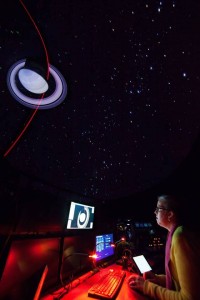
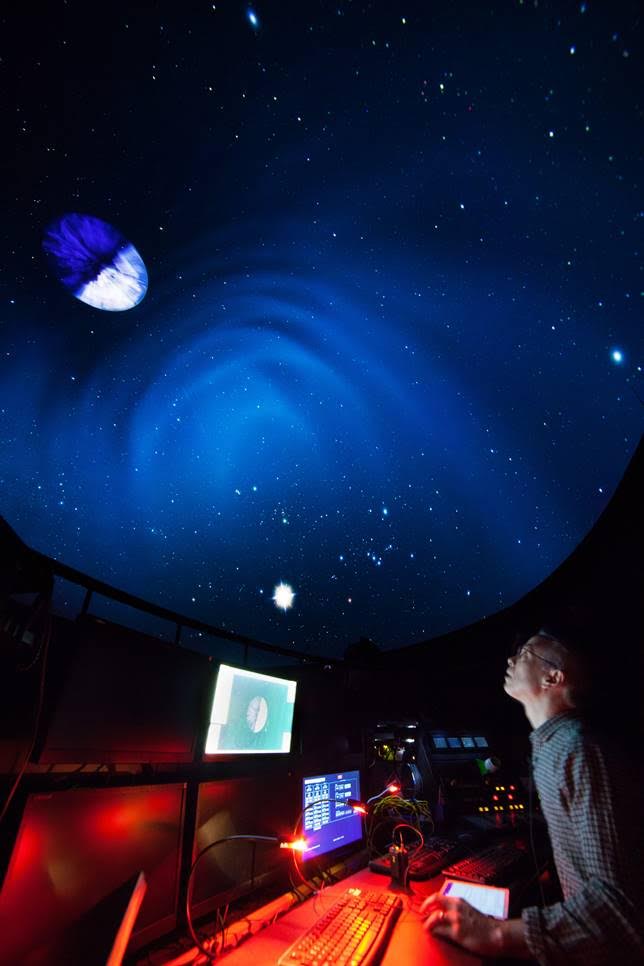
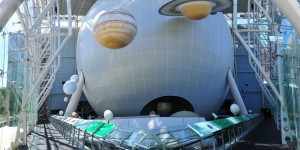 AMNH has a public version of the Uniview software that you can
AMNH has a public version of the Uniview software that you can 